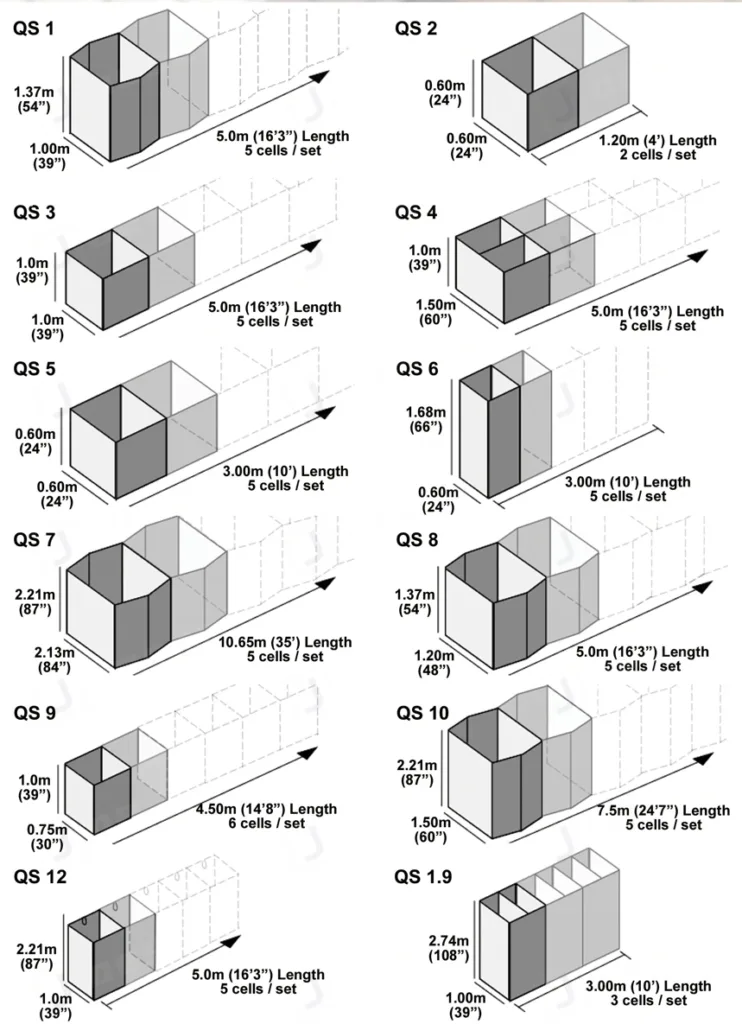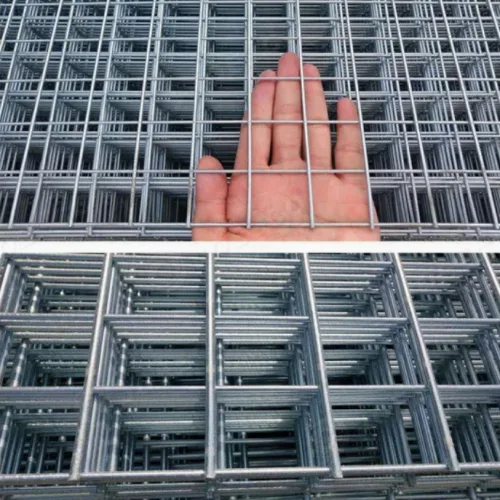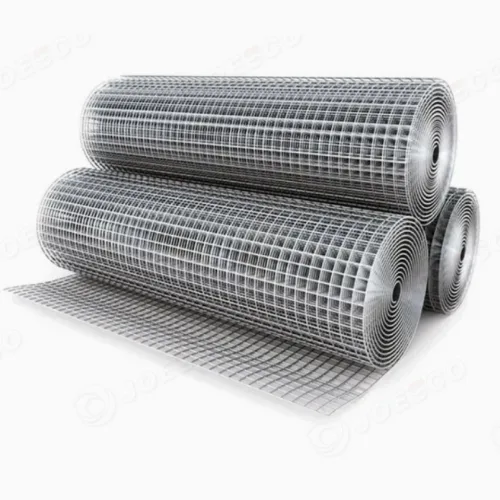Hi! Hesco barriers, also called Hesco forts, are neat modular barriers. They can be used for a short time or a long time. People use them in military things, engineering projects, and to control floods. These barriers come in many sizes. They can be made to fit what you need.
Factors Affecting Hesco Barrier Sizes and Dimensions
The size and dimensions of Hesco barriers depend on these things:
– Fill Material: What you put in the barrier matters a lot. The kind of fill material and how packed it is can change how heavy and steady the barrier is. People usually use sand, soil, or rock to fill them.
– Purpose: Different jobs need different sizes and strengths of Hesco barriers. **For example, if you want to stop big blasts, the barriers need to be thicker and stronger.**
– Environmental Conditions: Where you use the barriers, like the weather, the land, and the water around, can also change how they’re made.
– Transportation and Storage: You have to think about how easy it is to move and store the barriers when you pick their size.
Standard Sizes and Dimensions
Even though Hesco barriers can be made any size you want, some sizes are used more often in real life. Here are some common sizes (in feet):
QS 1, 1.37X1.06X5.3M, 5 cell/set
QS 2, 0.61X0.61X1.22M, 2 cell/set
QS 3, 1.0X1.0X5.0M, 5 cell/set
QS 4, 1.0X1.52X5.0M, 5 cell/set
QS 5, 0.61X0.61X3.05M, 5 cell/set
QS 6, 1.68X0.61X3.05M, 5 cell/set
QS 7, 2.21X2.13X10.65M, 5 cell/set
QS 8, 1.37X1.22X5.0M, 5 cell/set
QS 9, 1.0X0.76X4.56M, 6 cell/set
QS 10, 2.21X1.52X7.6M, 5 cell/set
QS 12, 2.13X1.06X5.3M, 5 cell/set
Note: These sizes are just to give you an idea. The real sizes might be different depending on who makes them and what you use them for.
Impact of Size and Dimensions on Performance
The size and size of the Hesco barriers can change how well they work. Here’s how:
Stability: Bigger Hesco barriers are usually more stable and can handle bigger hits. They’re like strong walls that won’t fall over easily.
– Protective Capability: Thicker barriers are better at protecting. They can stop shrapnel, blast impacts, and other bad things. **It’s like having a thick shield to keep you safe.**
– Flexibility: Smaller Hesco barriers are easier to move around and set up. They give you more choices and can be used in more places because they’re not too big and heavy.
How to Choose the Right Size and Dimensions
Picking the right size and dimensions for Hesco barriers means thinking about these things:
– Protection Needs: Figure out what kind of threats you need to protect against and how strong they might be.
– Environmental Conditions: Look at the land, the weather, and other things at the place where you’re building.
– Transportation Conditions: Think about how much the vehicle can carry and if there are any size limits for transporting the barriers.
– Budget: Different sizes of Hesco barriers cost different amounts. So, pick the size that fits your money.
If you need more detailed size and dimension info, we suggest you:
– Contact the Hesco barrier manufacturer: Different makers might have different sizes of products.
– Check relevant technical documents: Many manufacturers give you detailed papers with info about all the different sizes of their products.
– Ask a professional: If you’re not sure about picking the size of Hesco barriers, you can ask a professional engineer or technician. They know a lot and can help you out.
Hope this helps you understand Hesco barriers better! **If you have any other questions, just tell me.






